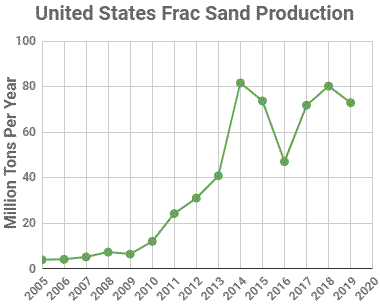Listening Sessions on Air Permit Process Improvements
The Air Management Program (Wisconsin Department of Natural Resources)
invites you to attend one of four listening sessions on air permit process
improvements scheduled for later this month. The Program is seeking public input
and ideas on how the application, review and issuance process can be improved
for air pollution operation and construction permits.
The meetings will be held as open houses where individuals can attend
anytime during the two-hour session to make suggestions, ask questions and have
informal conversations with staff. During the early part of the open house,
staff will make a presentation on the air permit application process and discuss
improvement ideas that the Program is already considering.
A meeting notice with more details including the dates, times and locations
of these sessions is here:
Tuesday, October 22, 2013 –Mosinee
1:30-3:30 PM, Mosinee Room, Mosinee
Branch Library*, 123 Main Street, Mosinee, WI 54455
*This meeting is not sponsored by the
Marathon County Public Library
Wednesday, October 23, 2013 –
Milwaukee
1:00-3:00 PM, Rooms 140 & 141, DNR Southeast Region Headquarters, 2300 N. Dr. Martin Luther
King Jr. Drive, Milwaukee, WI 53212
Thursday, October 24, 2013 – Green
Bay
1:30-3:30 PM, Lake Michigan Room, DNR Green Bay Service Center, 2984 Shawano Avenue, Green Bay, WI 54313
Format of meeting
The meeting will be held as an open house, including
an open discussion with Air Program staff. Informal conversations and questions
with staff and time for providing public input and comments will be the primary
focus of the meeting. However, approximately 30 minutes after the start of the
open house, Air Program staff will make a presentation on the air permit
application process and discuss some process improvement ideas that the
department is already considering
Other methods of providing input
If you
are unable to make the meeting, you may also provide your input by sending your
ideas to:
Wisconsin Department of Natural Resources, Bureau of Air
Management, PO Box 7921, Madison, WI 53707, Attn: Steve Dunn or by email to Steven.Dunn@wisconsin.gov
Reasonable
accommodation, including the provision of informational material
AMSG Meeting Materials
Posted
